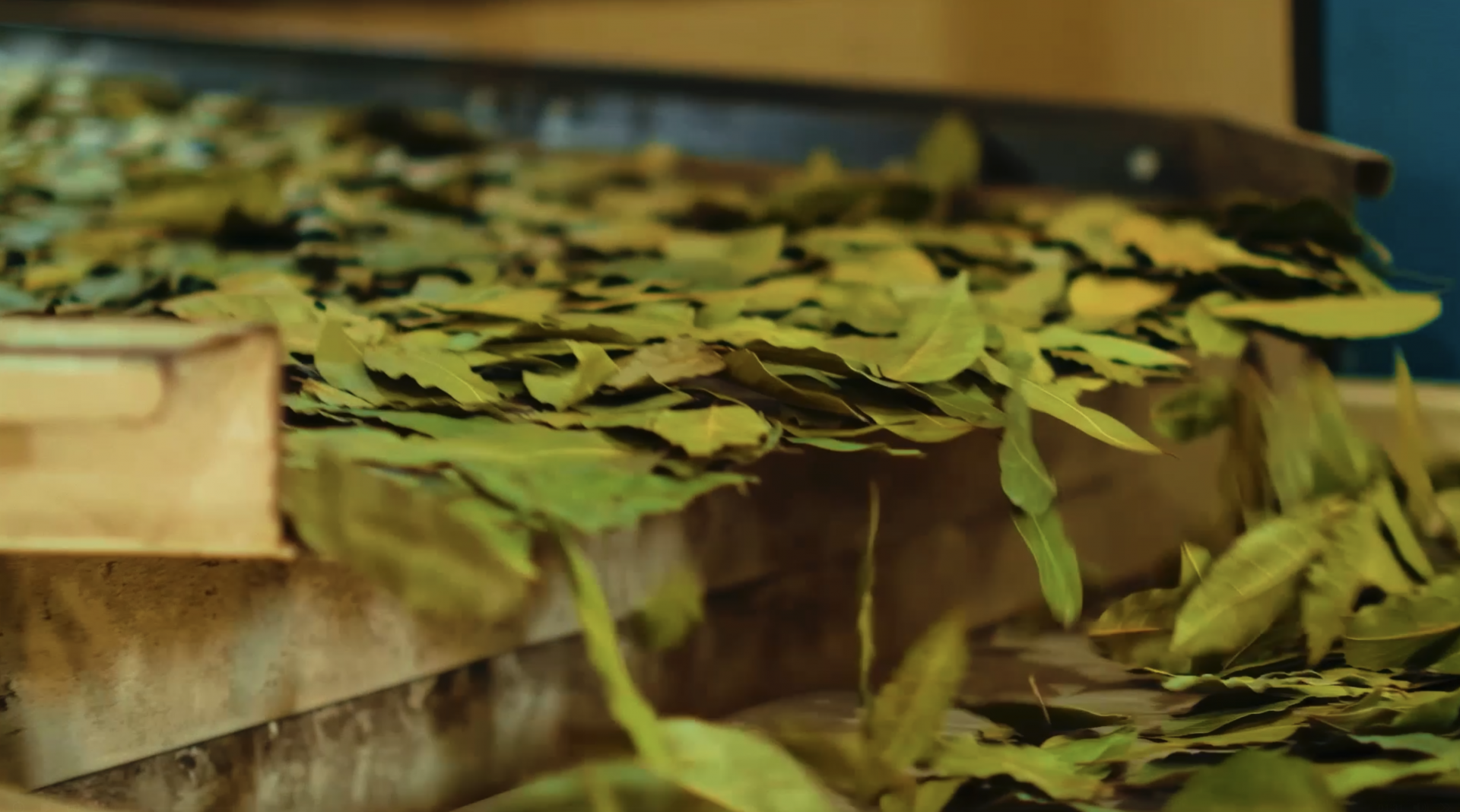Factors Affecting the Color Quality of Bay Leaves
General Plant Health: The overall health of the bay laurel plant has a significant impact on the color of its leaves. A healthy plant will produce more vibrant and green leaves.
Light Conditions: The bay laurel plant requires ample sunlight. Insufficient light can cause the leaves to fade and lose their color. Therefore, it is essential to grow the bay laurel plant in a well-lit area.
Soil Quality: Well-drained and nutrient-rich soil can enhance the color of the leaves. Soil deficiencies or excesses (e.g., mineral deficiencies or excessive salinity) can make the leaves appear pale or yellow.
Water and Irrigation: The bay laurel plant requires regular and balanced watering. During dry periods, the leaves can become pale. However, overwatering can also have a detrimental effect on leaf color.
Leaf Age: The color of bay leaves can change as they age. New leaves are typically more vibrant and green, while older leaves may become dull or take on a lighter shade of green.
Nutrient Supplements: Using plant nutrients can improve leaf color quality. Nitrogen, iron, and magnesium deficiencies, in particular, can lead to issues with leaf color. These deficiencies can be corrected through regular fertilization.
Weather Conditions: Climate can also affect leaf color. During cold winter months, the bay laurel plant may shed its leaves, and new leaves in the spring can have a more vibrant color.
Proper care and providing suitable conditions can enhance the overall color quality of bay leaves.

